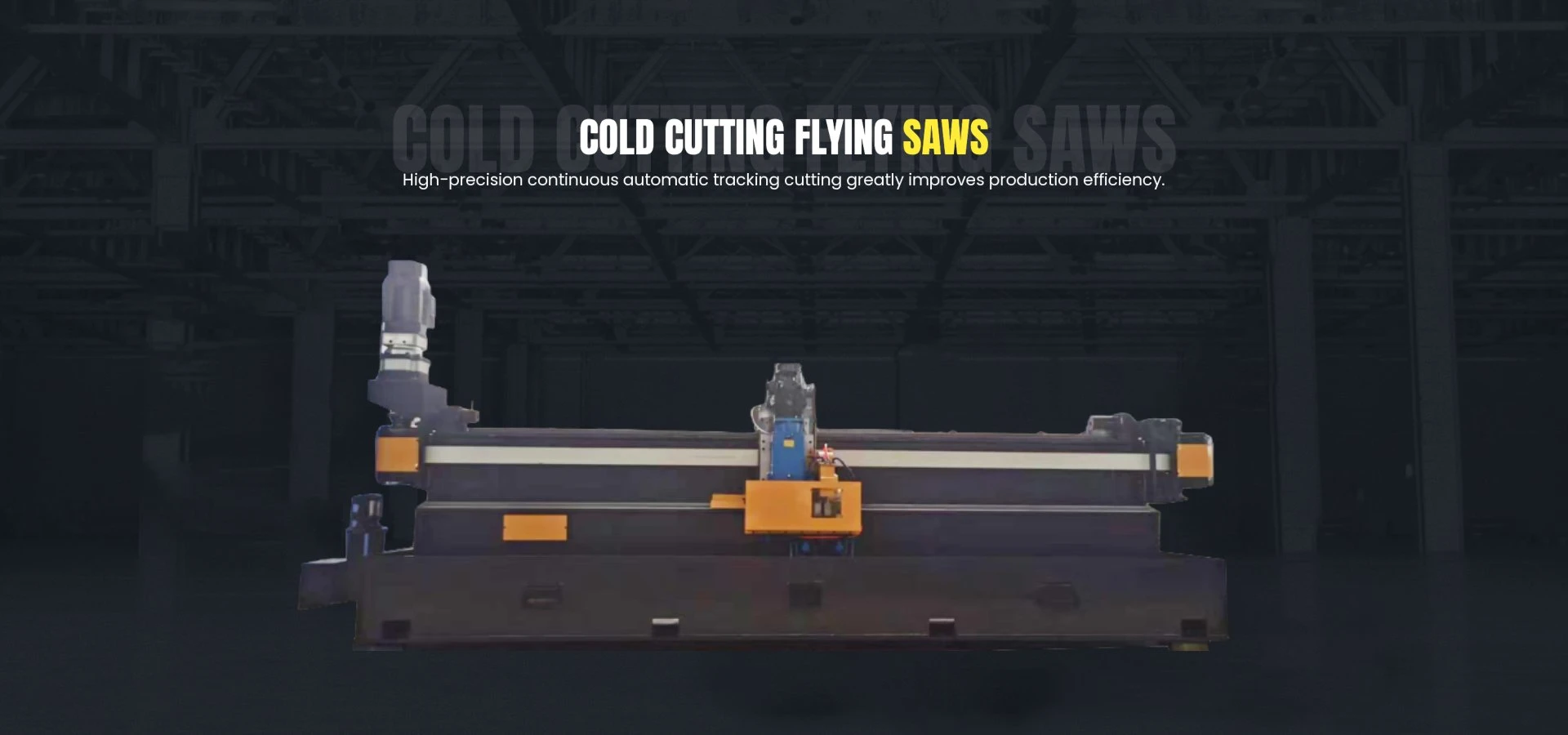making hydraulic pipe bending machine
The Art and Science of Making a Hydraulic Pipe Bending Machine
Hydraulic pipe bending machines are invaluable tools in metal fabrication and construction industries, allowing for the precise bending of pipes and tubes to create complex shapes and structures. This article delves into the design, components, and mechanisms involved in constructing a hydraulic pipe bending machine.
Understanding Hydraulic Systems
At the heart of every hydraulic pipe bending machine is the hydraulic system, which utilizes incompressible fluid to transmit power. This method is favored for its efficiency and ability to generate significant force with relatively compact machinery. The core components of a hydraulic system include a hydraulic pump, cylinders, valves, and hoses that connect these components. Understanding the principles of hydraulics is essential for both design and operation.
Designing the Machine
The design of a hydraulic pipe bending machine begins with identifying the requirements, such as the types of pipes to be bent, their specifications (diameter and wall thickness), and the complexity of the bends. Generally, these machines come in two main configurations manual and CNC (computer numerical control).
1. Manual Machines These are typically simpler, featuring a lever-operated control system. They are ideal for small workshops and projects that require occasional bending.
2. CNC Machines For larger operations, CNC machines offer precision and can handle complex bending programs, automatically adjusting settings as needed. Unlike manual machines, CNC systems improve productivity and consistency, reducing the likelihood of errors.
Key Components
When constructing a hydraulic pipe bending machine, several key components must be considered
- Frame The structure must be robust enough to withstand the forces generated during bending. Materials like steel are often used for durability.
making hydraulic pipe bending machine

- Hydraulic Cylinder This component generates the force necessary to bend the pipe. The size and number of cylinders depend on the machine’s design specifications.
- Bending Mandrel The mandrel supports the pipe during bending, preventing kinks and ensuring a smooth curve.
- Drive System This includes the hydraulic pump, which supplies fluid to the cylinders, and the control valves, which manage fluid flow and pressure.
- Control System For CNC machines, an advanced control unit with programming capabilities is essential. Operators can input specifications for automation, making the process highly efficient.
The Bending Process
Once the machine is set up, the bending process begins. The operator places the pipe into the machine and selects the desired angle of bend. For manual machines, the operator will then use the lever to apply force, while CNC machines will automatically execute the bending program.
The hydraulic cylinder extends, pushing the pipe against the bending die. As the pipe moves, it follows the curvature of the die, bending into the desired shape. The entire process requires precise monitoring of pressure and tension to avoid damaging the pipe or the machine.
Safety Considerations
Safety is paramount when operating hydraulic pipe bending machines. Operators should always wear appropriate personal protective equipment (PPE) and adhere to all safety guidelines. Regular maintenance checks on hydraulic systems prevent accidents caused by leaks or mechanical failures.
Conclusion
Building a hydraulic pipe bending machine is both an art and a science. It requires knowledge of hydraulics, engineering principles, and safe operational practices. Whether for small workshops or large manufacturing plants, the ability to bend metal pipes accurately and efficiently is crucial in creating the frameworks and components of countless structures. With the right design and consideration of key components, anyone can create a reliable hydraulic pipe bending machine that meets their bending needs.
-
High Frequency Straight Seam Welded Pipe Production Line|BzZhou Xinghua|Precision Welding&EfficiencyNewsJul.30,2025
-
High Frequency Straight Seam Welded Pipe Production Line - BzZhou Xinghua|Precision Engineering&EfficiencyNewsJul.30,2025
-
High-Frequency Straight Seam Welded Pipe Production Line-BzZhou Xinghua Machinery Equipment Manufacturing Co., LTD.NewsJul.30,2025
-
High-Frequency Straight Seam Welded Pipe Production Line-BzZhou Xinghua Machinery Equipment Manufacturing Co., LTD.|Precision Manufacturing, High EfficiencyNewsJul.30,2025
-
High Frequency Straight Seam Welded Pipe Production Line-BzZhou Xinghua Machinery Equipment Manufacturing Co., LTD.|Precision Steel Pipe Manufacturing&Industrial EfficiencyNewsJul.29,2025
-
High-Frequency Straight Seam Welded Pipe Production Line-BzZhou Xinghua Machinery Equipment Manufacturing Co., LTD.|Precision Steel Pipe Manufacturing&Industrial EfficiencyNewsJul.29,2025


